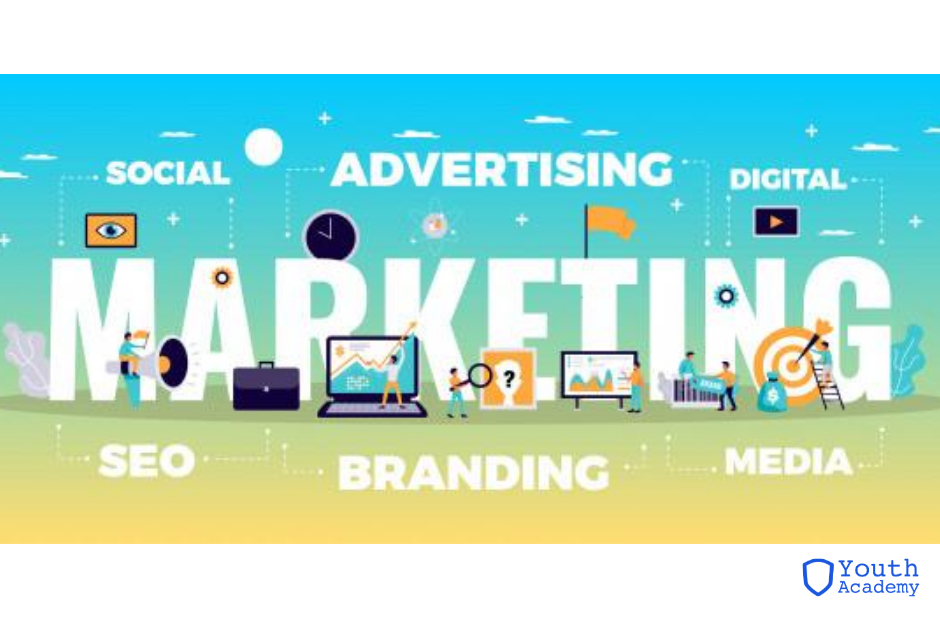Social media influence is a marketing term that describes an individual’s ability to affect other people’s thinking in a social online community. The more influence a person has, the more appeal that the individual has to companies or other individuals who want to promote an idea or sell a product. On the other hand, a social media influencer is a user that has established credibility in a certain industry or content type that has access to a wide audience. An influencer should have a large enough following and the power to be able to spark a conversation and inspire action or change in behavior. They both create a social frontier for youngsters. Companies can hire social media influencers to help expand their social reach, become more relatable and sponsor products or services. Adding further, for youngsters, adolescence is an equally important period of rapid development, and too few of us are paying attention to how our teenagers’ use of technology—much more intense and intimate than a 3-year-old playing with dad’s iPhone—is affecting them. In fact, experts worry that social media and text messages that have become so integral to teenage life are promoting anxiety and lowering self-esteem. Young people report that there might be a good reason to worry. A survey conducted by the Royal Society for Public Health asked 14-24 year olds in the UK how social media platforms impacted their health and wellbeing. The survey results found that Snapchat, Facebook, Twitter and Instagram all led to increased feelings of depression, anxiety, poor body image and loneliness. Moreover, social media has reduced the world to a global village. Youth can interact with people from other parts of the earth by just a click of the button. Looking at the positive side of social media, through such interactions, young people can share ideas, acquire information and also be exposed to many opportunities out there. Hence, social media influences youth in a negative and positive manner.

